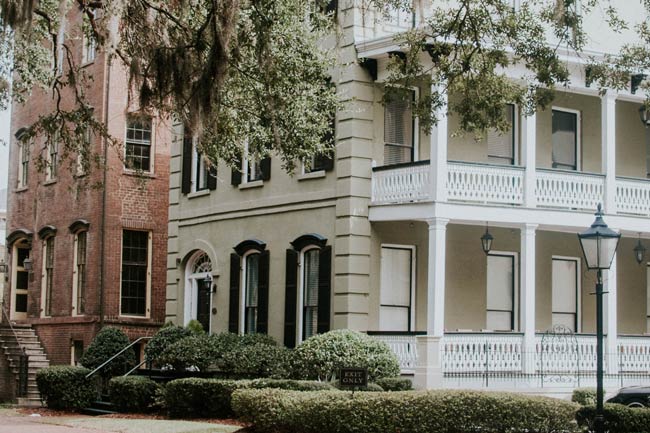The secret to historic home renovations are melding the old with the new, and letting your tastes and styles shine.
Historic home owners: it’s time to breathe a sigh of relief. You can let your tastes, not some perceived rules, dictate the style choices you make when remodeling the interior of your older home. Unless your home is a registered national historic landmark building, there are no regulations binding you to maintaining historic character when remodeling the interior of your house (depending on where you live, it’s likely exterior changes are subject to regulations).

It’s not uncommon to come across historic home owners who feel penned in, thinking if they have a Colonial home, for example, their kitchen remodel should be done in the Colonial style.
But think again. If you have a modern flair, let it off its leash. You can even mix old and new for a nice middle-ground combination, keeping the historic elements you love while adding new-age touches. Or stay entirely true to the charm of your older home. Just make sure the design reflects your style and meets your needs.
Read on for our tips on how to make the interior of your historic home sing, with touches of both the old and the new. Also read up on how to avoid the “gotchas” of remodeling an older house.
Expose the old
Historic homes come with plenty of quirky features that, when uncovered, exposed, and buffed up can become brilliant features. Peel off layers of dated paint to discover old woodwork. Those nicks and cuts from years of wear provide character and charm.
Some historic home elements worth highlighting:
– Old brick and stone walls: You can find them buried behind sheetrock and plaster, and once exposed can offer dramatic feature walls for your living areas. Or use them as a backdrop for a favorite work of art.
– Old flooring: Look beneath all those layers of linoleum, vinyl, and carpeting and you could find some spectacular, and spectacularly-worn, wooden floors. It can be time-consuming to remove the surfaces above, but the prize awaiting you below is worth the effort. Older wooden floors provide character and beauty that can’t be bought.
– Old framing: Exposing old framing, the bones of your house, can provide not only added interest, but a more roomy feel. Oak wall studs aren’t uncommon in some historic homes, and large timbers were used for ceilings and roof framing. These elements can help make different areas of your home stand out.
Mixing the old with the new
While old wooden floors and beams can lend charm to a historic home, old pipes, knob and tube wiring, and coal burners converted to oil certainly don’t. Bring your electrical, plumbing, and HVAC systems into the modern world. Don’t compromise on your home’s systems.
Your home’s electrical system should have:
– Proper wiring to code
– Grounded outlets
– Adequate amperage
– Circuit breakers
For the plumbing, replace galvanized water pipes with copper or PEX tubing, and make sure waste lines are cast iron or PVC, not lead.
While upgrading your systems, decide what to do about the radiators, if you have them. Some historic homes have beautiful radiators that can be wonderful to keep (and you’ll still have options for heating and air conditioning). If your radiators aren’t so pretty, consider removing them and ducting the house for heat and air conditioning.
Once your systems are up to date, the fun part is choosing if you want to add any modern elements to compliment the old. New kitchen cabinetry and appliances can offer a sleek juxtaposition to old-world charm.
Modern lighting can be a sight for sore eyes. Also use lighting to highlight your historic home. Train some high-tech lights on your favorite features, such as an old brick wall or decades- or centuries-old carpentry, for dramatic effect. Also consider how modern accessories, art, and furniture can play a role.
Exterior Elements
Don’t forget about the exterior of your historic home. When replacing windows, consider not just the warmth they’ll provide inside, but how they’ll look on the outside. Details like mullions or dividers in the window panes offer a visual sign that you’ve replaced your windows. Historically accurate windows are available, though they can get pricey.
If you’re considering an addition, this is one area where we recommend maintaining the design integrity of your home. You don’t want to end up with an addition that doesn’t blend seamlessly with your house, looking like a box plunked down next to your home. Careful design and material selection are paramount.
While we advise a more conservative approach to exterior renovations of historic homes, remember to have fun designing the interior. It’s your home, and your canvas!






